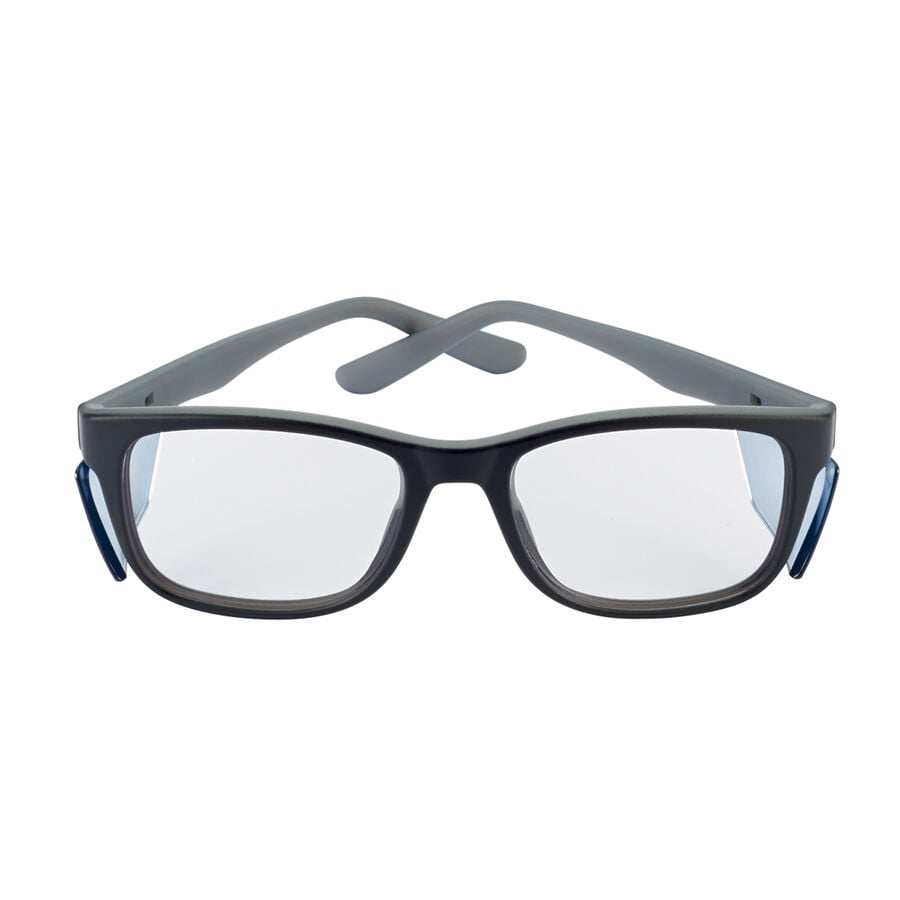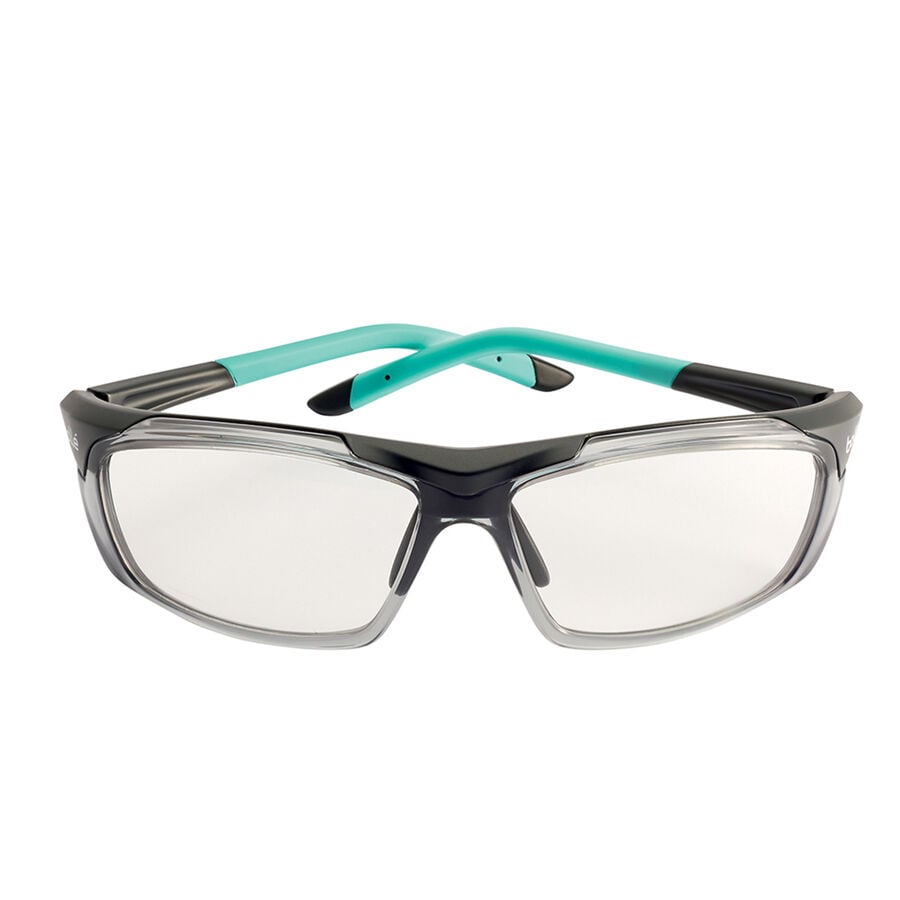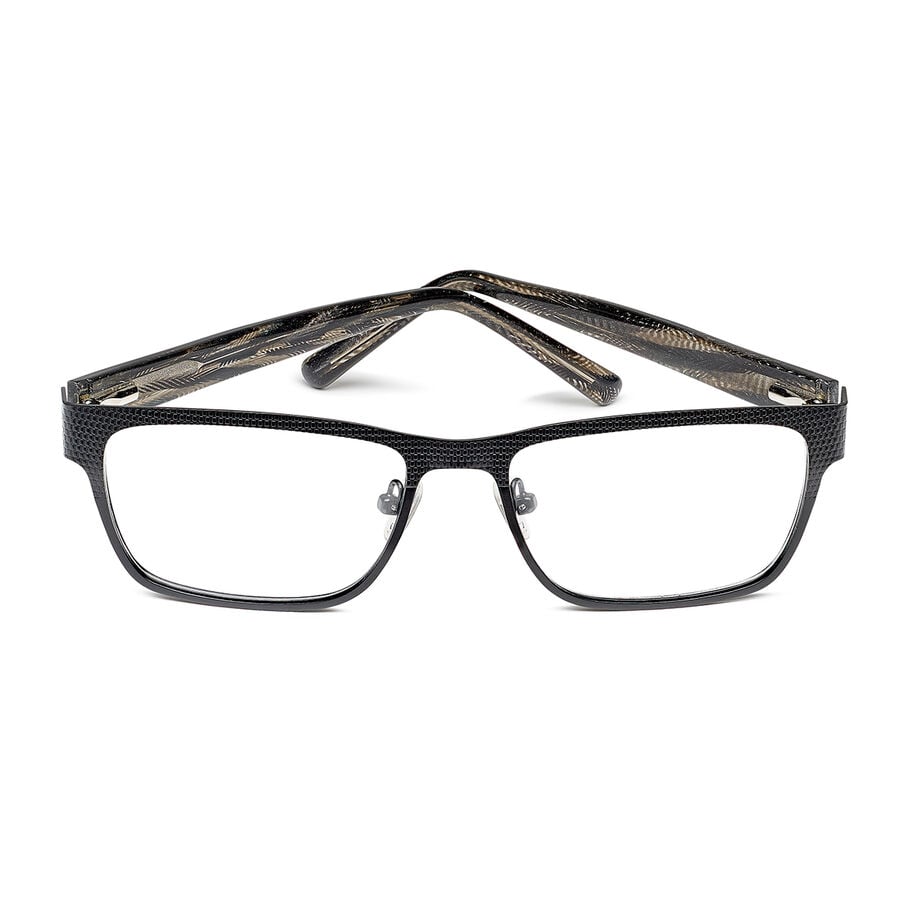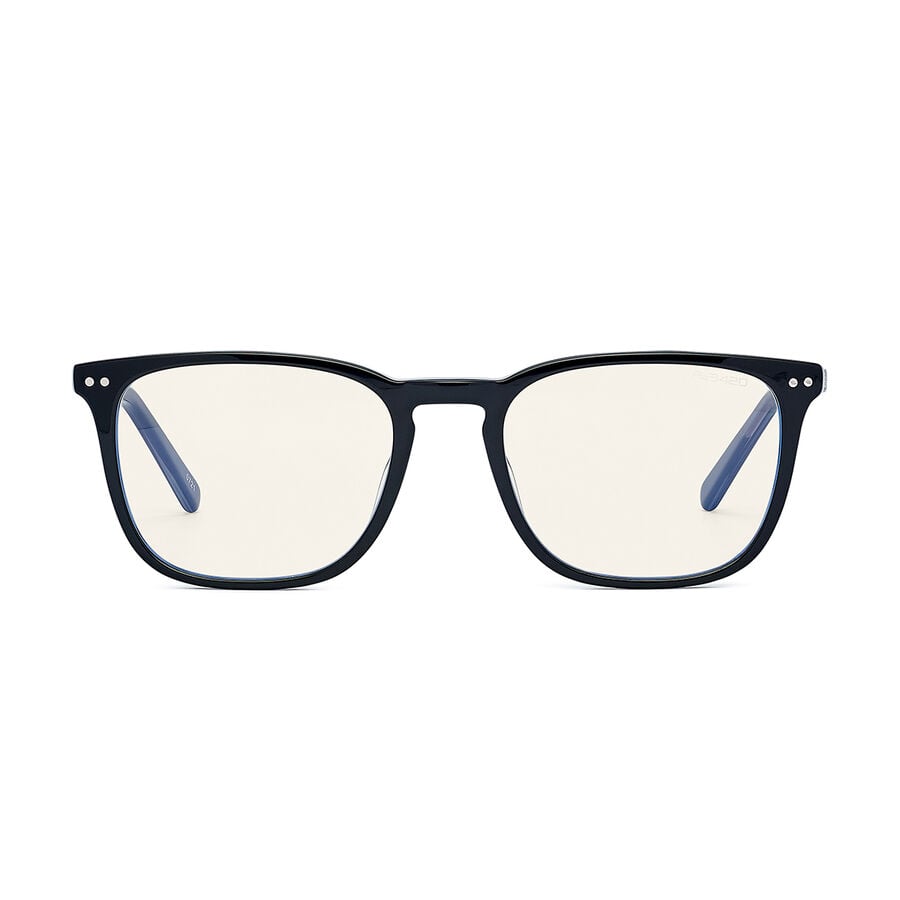When considering eye safety, we usually think of safety glasses or goggles that protect eyes against flying debris, dust or splashes. However, light is also something to consider in relation to eye safety. The bright light of welding is brought to a safe level by heavily tinted welding goggles. Ultraviolet light from sunlight is rendered less harmful to the eyes via the use of UV blocking sunglasses. There is also blue light.
What is Blue Light?
Light is more complex than it may appear. Visible light that appears white is actually made up of several colours that only become white when they come together. This ‘spectrum’ contains different colours, each with a different wavelength and level of energy.
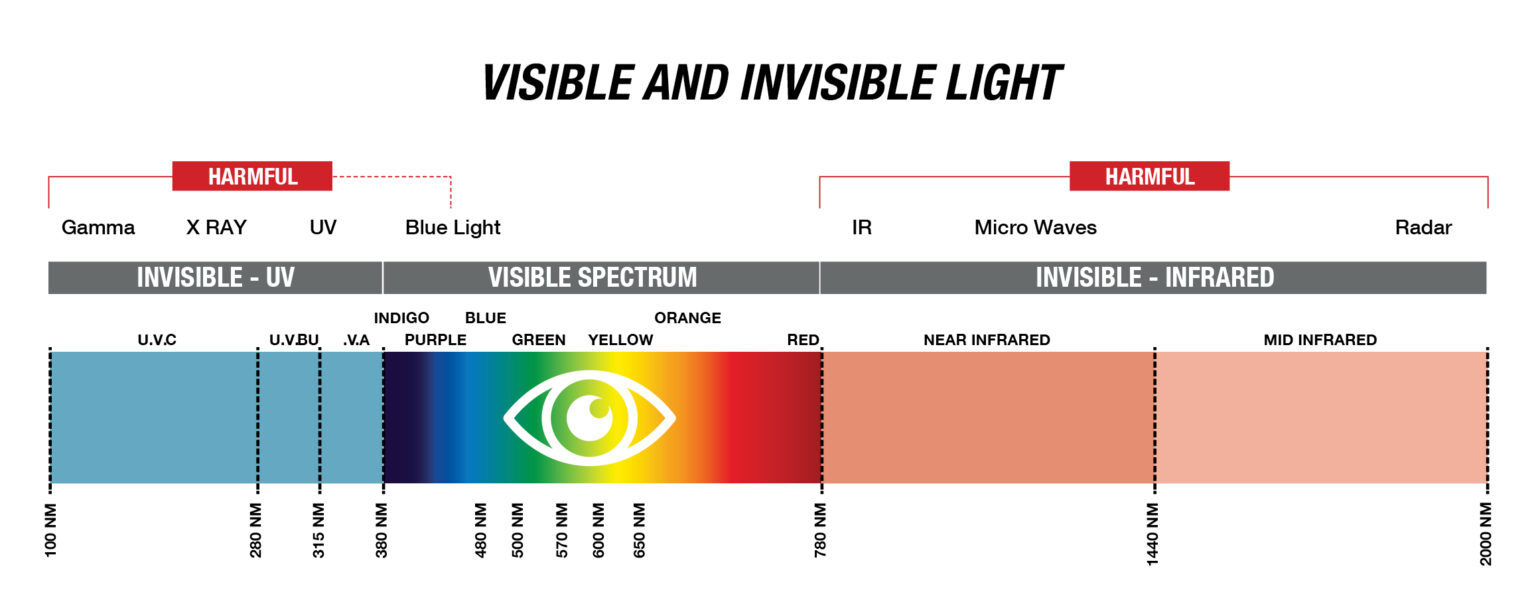
On the lower energy end of the spectrum you have invisible infrared light and on the higher energy side you have ultraviolet light. In between the two is visible light. Blue light is closer to UV than infrared and is considered to be higher energy visible light, or HEV.
Interesting Blue Light Fact: Light rays that are higher in energy and shorter in wavelength scatter more readily when they come into contact with water or air molecules than those with lower energy and longer wavelength. Such air and water molecules can be found in our atmosphere. This is why the sky looks blue.
What Does Blue Light Do?
A certain amount of Blue Light is beneficial. It boosts our mood, cognitive function and memory, and makes us more alert. Light therapy, where bright light that contains blue light is used to treat Seasonal Affective Disorder (SAD), a type of depression related to the darker seasons. Blue light affects our circadian rhythm in a positive way, if we take synthetic light out of the equation, helping us to wake up with the sun and go to sleep when night falls.
From an evolutionary perspective, this is useful: In a world without clocks and electricity, the dawn of the sun helped us to wake up naturally, go about our hunting and gathering and then fall asleep when the sun went down to rest and begin again the next morning. As creatures that don’t see well in the dark, and who could thus be in danger at night, this makes sense. However, we have since evolved our activities, though much of our biology has remained.
With the increase of interior lighting, televisions, phones, tablets and games consoles, we experience light for significantly longer than we used to. Although synthetic light is not quite as strong as sunlight, it still contains blue light. When we consider how long we spend looking at screens and having lights on in our homes, it is important not to dismiss their impact.
As a result of prolonged or additional exposure to blue light, our bodies are being ‘woken up’ for longer periods than they are meant to. Watching tv late into the evening, doing some extra work on our laptop, or reading a book on a tablet can result in poor sleeping quality, fatigue and poor mood.
The Effect of Blue Light on our Eyes
Interestingly, the lens and cornea of the human eye block almost all ultraviolet rays, preventing them from entering the eye and hitting the sensitive retina. Even without sunglasses, less than 1% of UV rays get to the retina to cause any damage. However, sunglasses that block 100% UV rays are still essential because even the small percentage of UV rays that do enter the eye can cause damage resulting in photokeratitis, cataracts and cancer.
However, neither the lens nor cornea block blue light: virtually all of the blue light rays that hit the eye pass through the lens and cornea and hit the retina. Research has shown that blue light can damage the light-sensitive cells of the retina, causing changes akin to macular degeneration. This can lead to vision loss.
Although more research is needed to determine how much blue light is considered too much, we should consider the level of exposure when contemplating overall eye safety.
There is also some argument that blue light contributes to eye strain due to the scattering of blue light from the screen causing a certain amount of ‘fuzziness’, more than that of a solid object. The eye needs to keep refocusing and thus gets tired faster. However, this argument has yet to be proven. There is a further debate on whether blue light causes dry eyes, but this could be due to a lack of blinking when concentrating on a screen, and not due to the blue light itself.

How Can We Protect our Eyes from Blue Light?
The most obvious way to avoid excessive blue light exposure is to limit time spent in front of screens and artificial light when daylight is no more. However, this is not likely to be feasible all of the time, though workers can make an effort to ensure at least an hour passes between screen time or bright light and sleep.
Another, more achievable way to reduce the overall amount of blue light entering our eyes, thus protecting the eyes and reducing its effects on our circadian rhythm is with glasses that block blue light. These glasses have lenses specifically designed to block blue light before it hits the eye.
Bollé Safety has a range of ‘Blue blocker’ safety eyewear in a variety of frames for different applications. As with all of their eyewear, Bollé Safety pays close attention to develop glasses that are comfortable, stylish and durable. All glasses in the blue blocker range offer optimum clarity, no colour distortion and a scratch-resistant coating to increase the longevity of wear.

